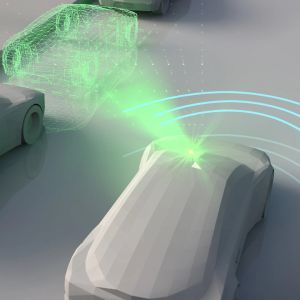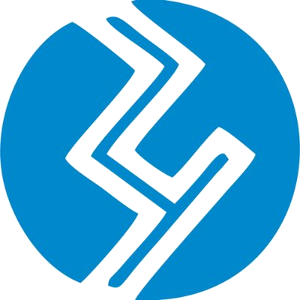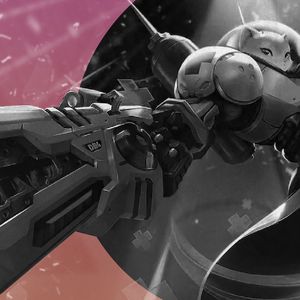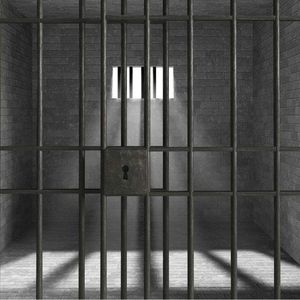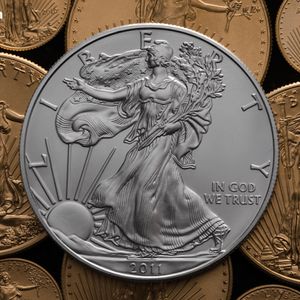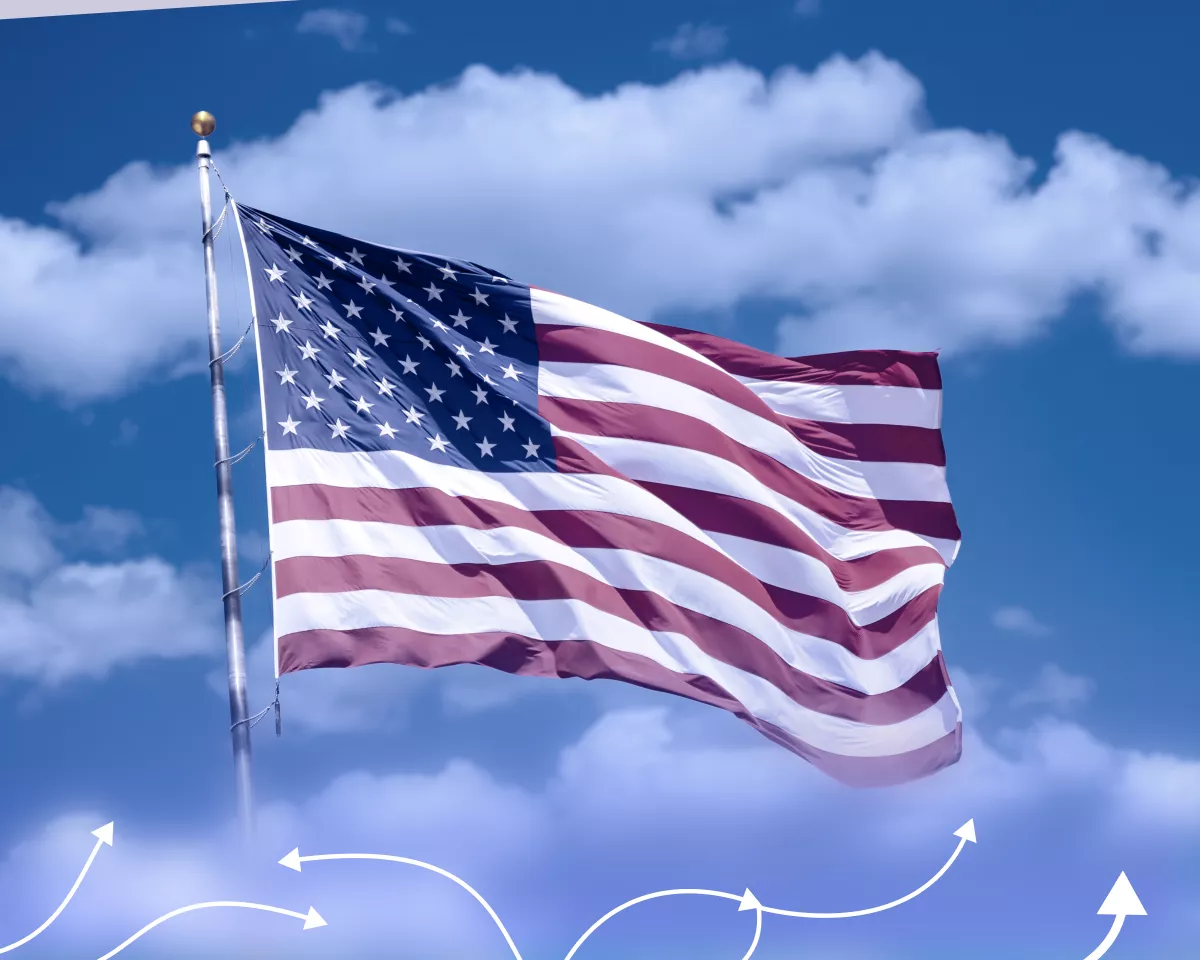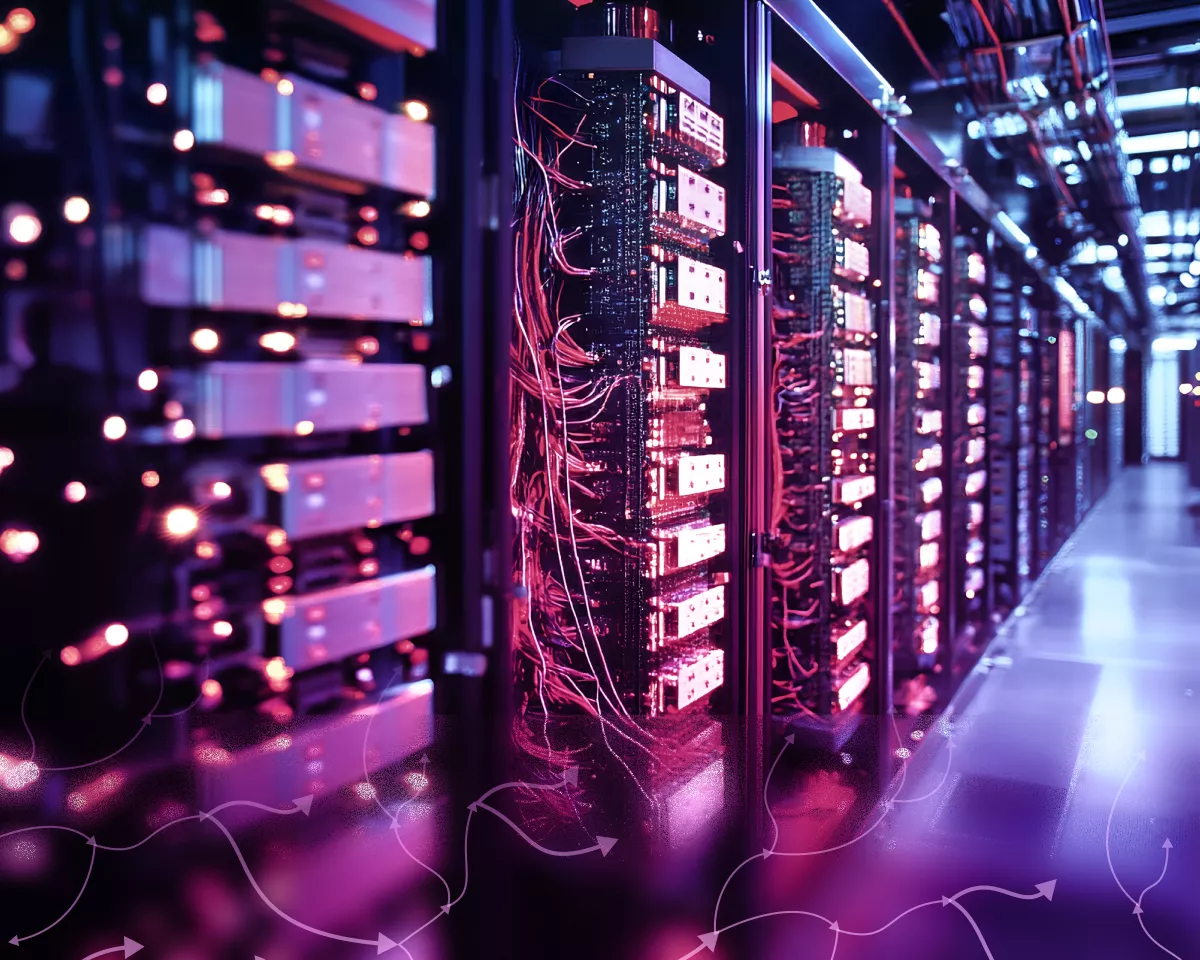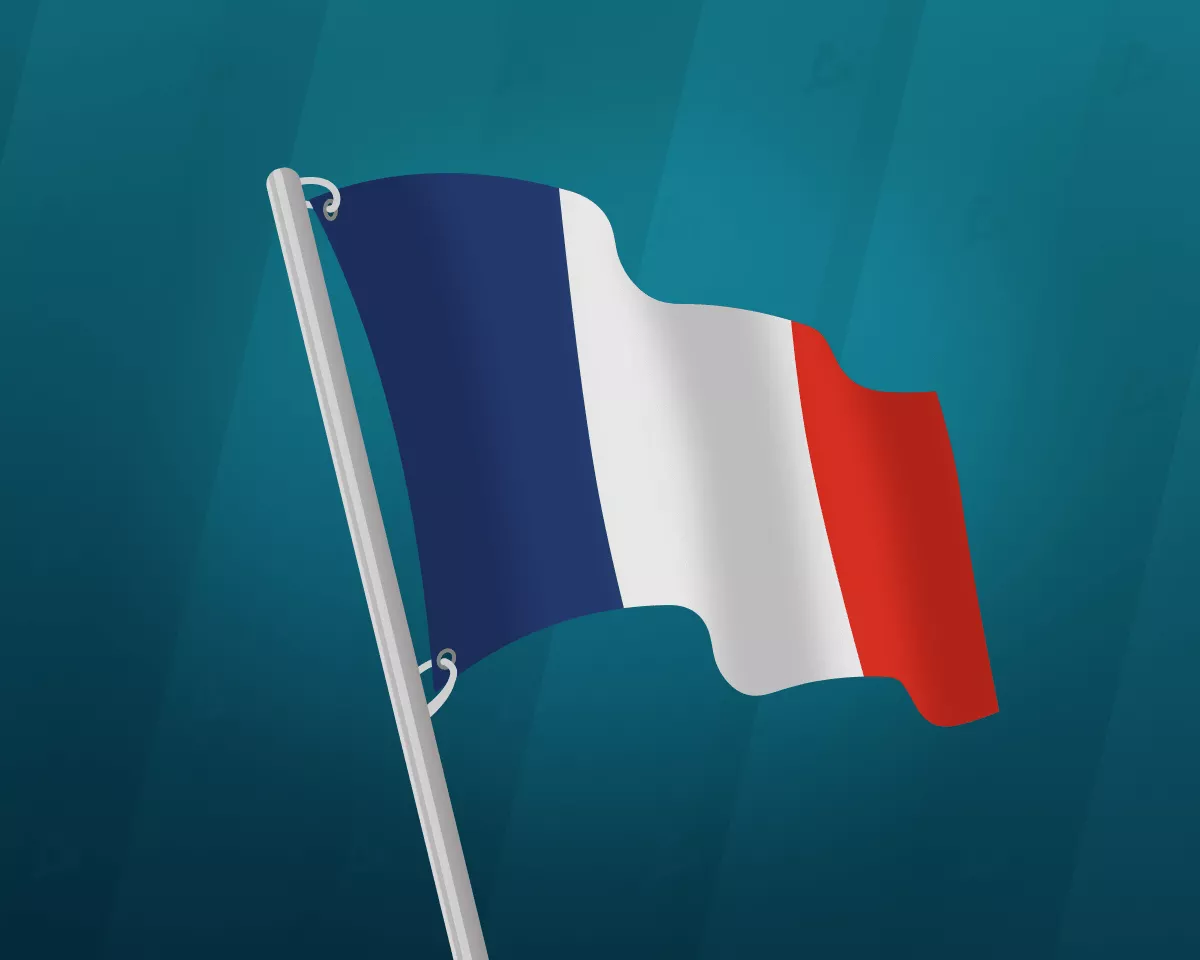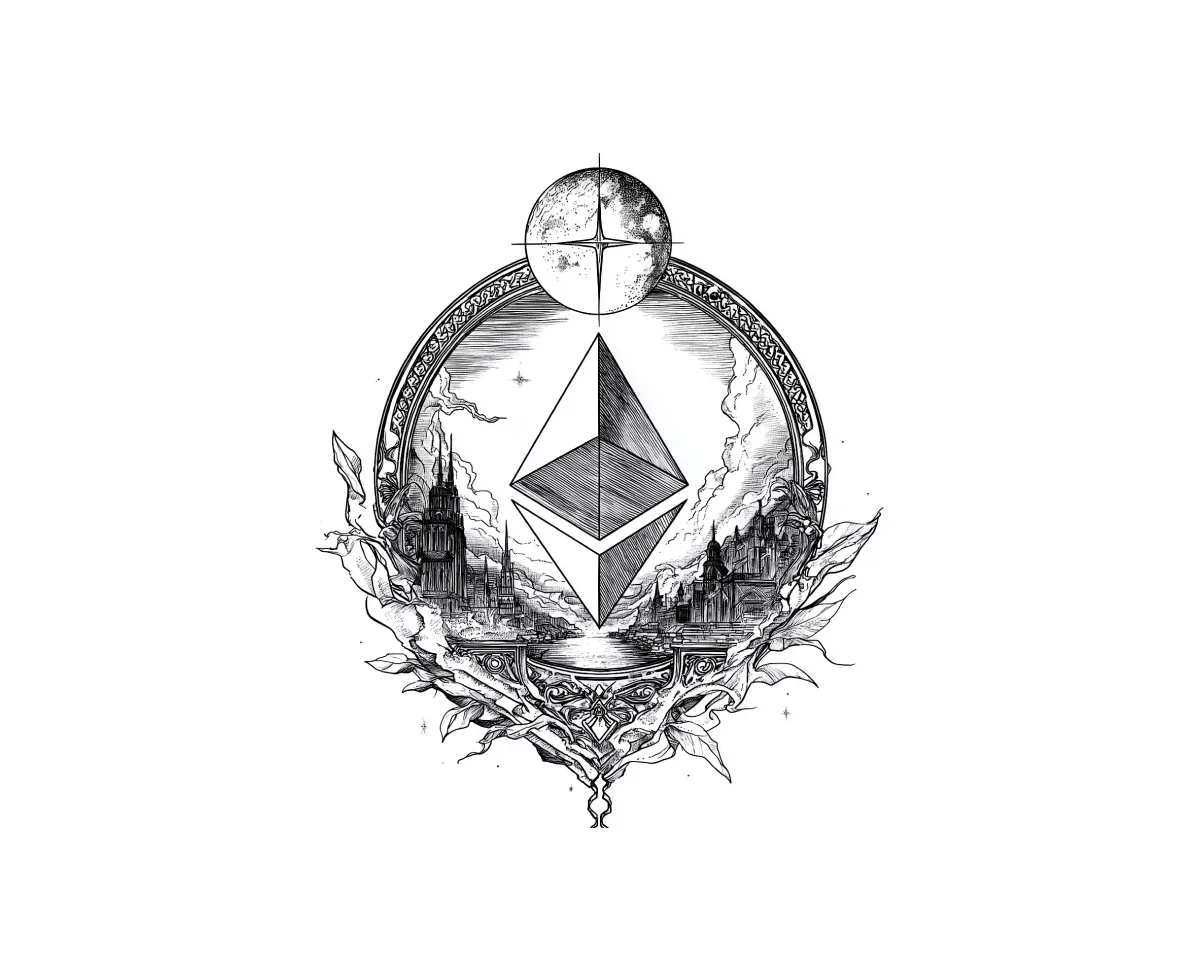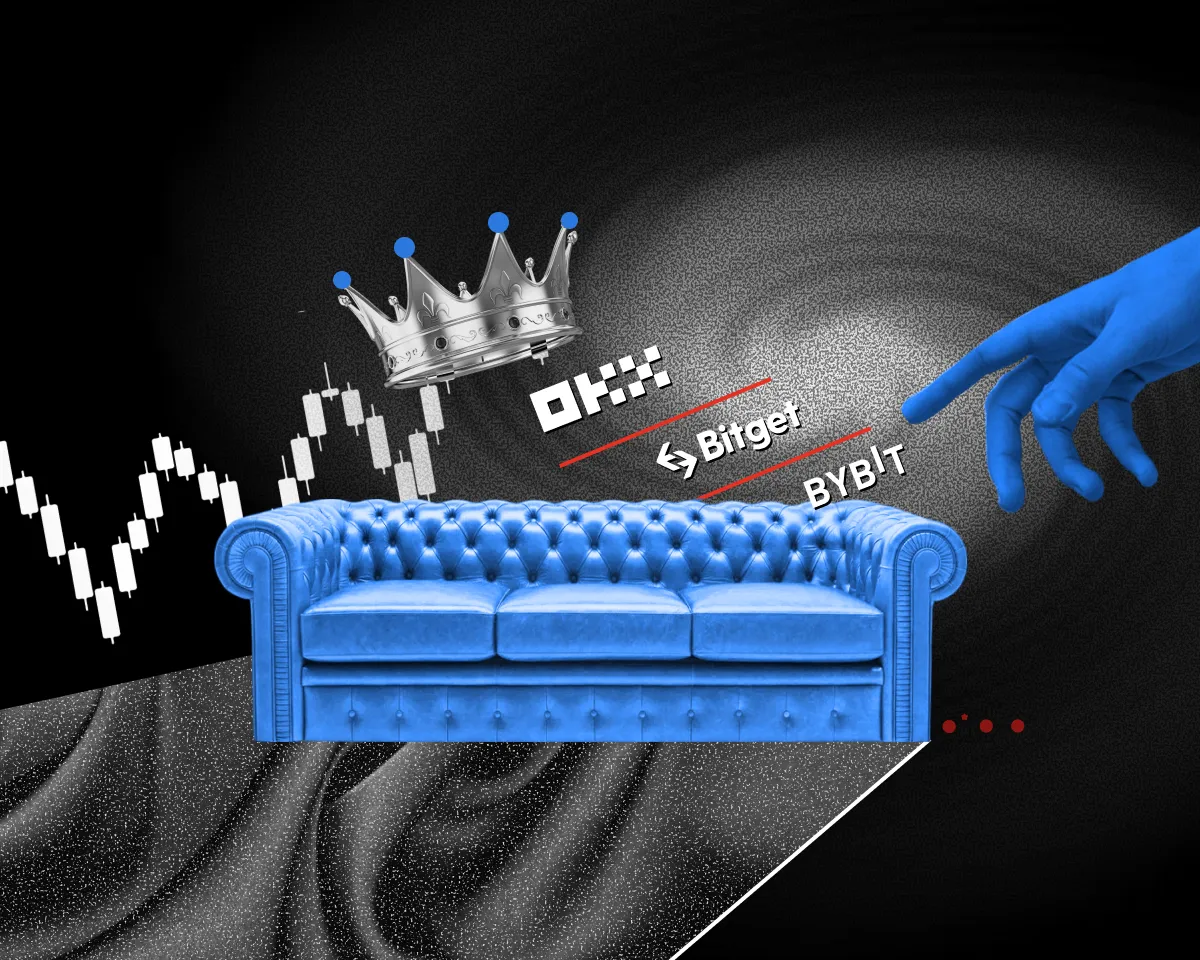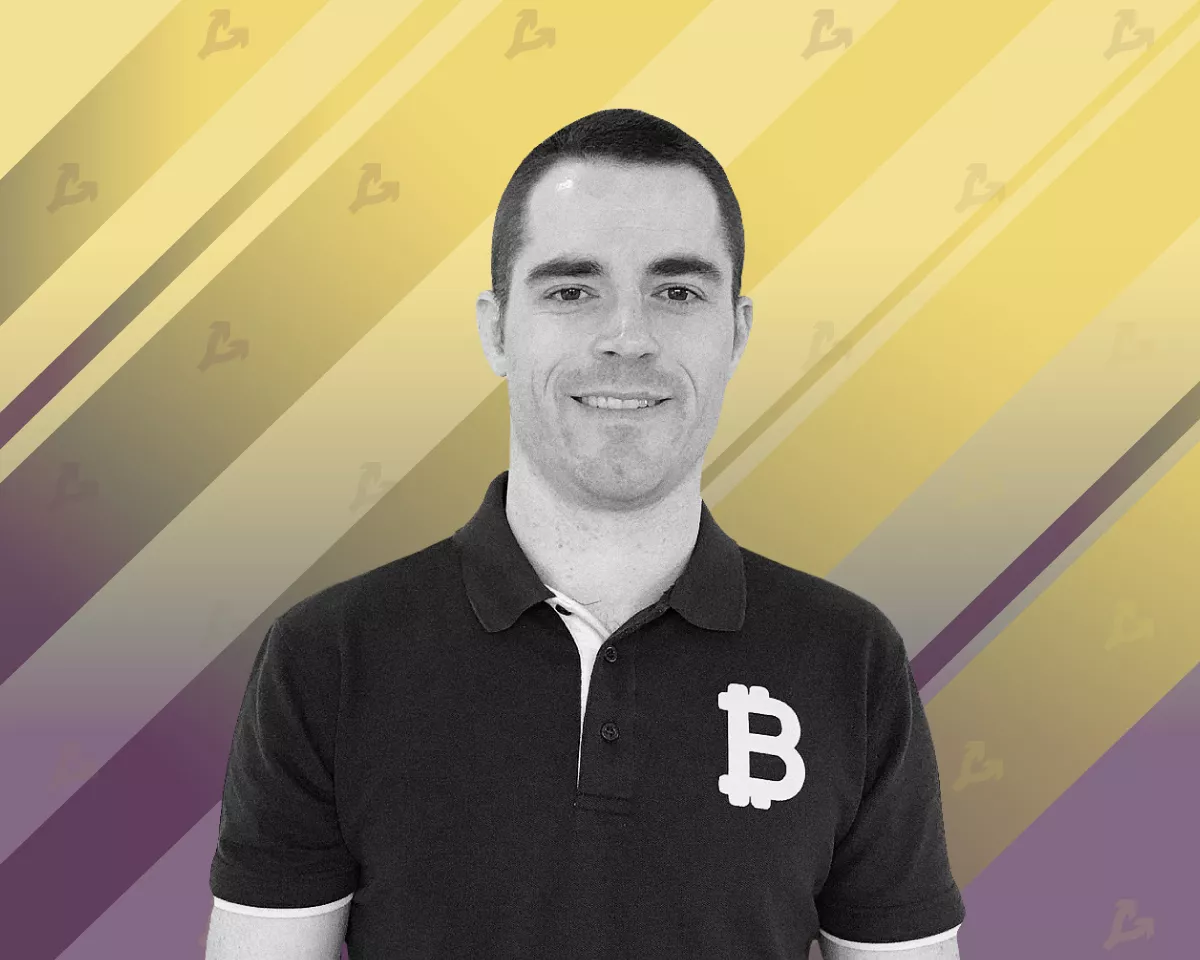Regulators in California and Washington are scrambling after Elon Musk claimed in July that Tesla would soon launch robotaxis in Austin, Texas, and the San Francisco Bay Area. On X, he posted that the company would roll them out “probably in a month or two.” But Tesla had not even applied for the permits needed to legally run self-driving taxis in California, where the approval process can take years. What Tesla actually had in motion was a much smaller operation: invite-only rides in human-driven vehicles. Not driverless. Not on-demand. And it was using a limousine-style license that doesn’t allow real ride-hailing. Emails between Tesla’s public policy team and transportation officials revealed how blindsided regulators were. After media reported that Tesla was preparing to deploy robotaxis in the Bay Area, one senior California official asked if the company planned to clear up “public confusion.” Tesla’s staffer refused to give a real answer. They simply said Tesla “does not answer media inquiries,” and added that customers would get information when available. A month later, Elon posted again, claiming “Tesla Robotaxi service area is already larger than any competitor in Austin and the Bay Area.” No clarification, no real data, no permits. Officials demand answers from Tesla after Bay Area claims The California Public Utilities Commission told Reuters that Tesla is required to describe its service “properly and accurately,” and must clearly separate its human-driven operations in California from any autonomous services it might be running elsewhere. Right now, the robotaxi project (the same one that’s fueling Tesla’s $1 trillion valuation and Elon’s insane performance-based pay package) remains largely unproven. After ten years of promises, all the company has done is a small pilot in Austin with a safety monitor sitting in the passenger seat. During Tesla’s earnings call in July, Elon doubled down. He said, “We’ve done what we said we were going to do. Doesn’t mean we’re always on time, but we get it done.” He also took a shot at critics, saying, “Our naysayers are sitting there with egg on their face.” Still, even with pressure mounting (including a major shareholder vote in November tied to his compensation) he told investors Tesla’s robotaxis would scale at a “hyper-exponential rate” and serve “half the population of the U.S.” by the end of this year. But the word “robotaxi” keeps changing. Tesla’s post from September 13 advertised its Full Self-Driving subscription, priced at $99/month, as a “supervised Robotaxi.” That system still requires a fully alert driver, and it’s not autonomous in any legal sense. Matthew Wansley, a law professor at Cardozo who studies self-driving cars, said Tesla wants to sell the vision of robotaxis to investors and buyers while avoiding the legal mess of telling that to the government. “They don’t want to tell regulators they have an automated-driving system,” Matthew said, “because then they become subject to a lot more regulations in a lot of states.” Tesla’s Austin pilot started in June, but the general public still can’t use it. In some cases, Tesla has moved the safety monitor to the driver’s seat during rides that use highways, according to posts on X. Elon has also said Tesla will grow the robotaxi program in Florida, Nevada, and Arizona; all states with light oversight. Nevada gave Tesla a testing certificate this month, and Arizona allowed the company to test cars with a safety driver. It’s still waiting for approval to test without one. Florida doesn’t require a special permit. The backlash from the Bay Area episode was immediate. On July 25, Kareem Habib at the National Highway Traffic Safety Administration emailed California officials to ask, “Did your team meet with Tesla and discuss this weekend rollout?” They hadn’t. Emily Warren, a deputy secretary in California’s transportation department, reached out to Tesla’s policy staffer, Noelani Derrickson, and two other agency heads. She said there were concerns about how the public misunderstood Tesla’s statements. Derrickson said Tesla had told the utilities commission that rides were just for friends and family of employees and would not involve autonomous cars. Emily followed up, asking how the idea of robotaxis had even gotten out. She suggested it came from a “misinterpretation” of Tesla’s comments. She asked directly, “Do you have plans to publicly clarify the nature of Tesla’s expanding Bay Area operations to dispel the confusion?” Derrickson avoided the question and said, “As a general policy, Tesla does not respond to press inquiries,” adding, “customers will receive information about Tesla’s ride-hailing operations when they become available.” Join Bybit now and claim a $50 bonus in minutes
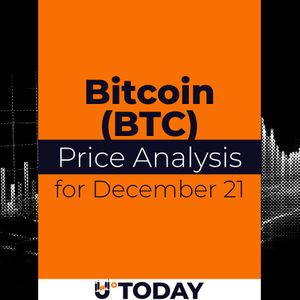 Bitcoin (BTC) Price Analysis for December 21
Bitcoin (BTC) Price Analysis for December 21 Cardano (ADA) Price Analysis for December 21
Cardano (ADA) Price Analysis for December 21 Canary Capital CEO Drops XRP Truth Bomb
Canary Capital CEO Drops XRP Truth Bomb